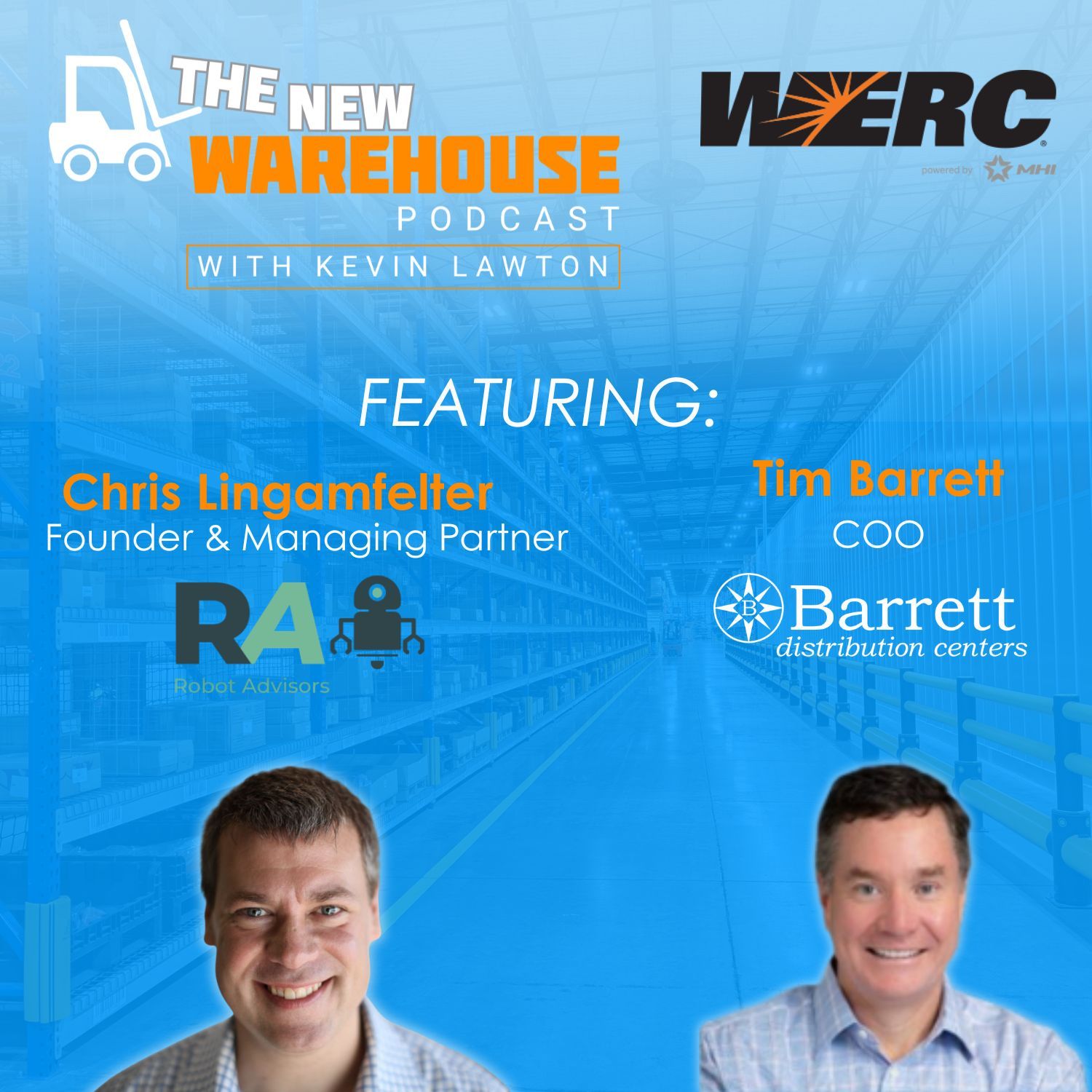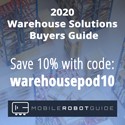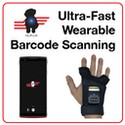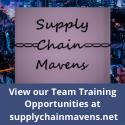
To Bot or Not: Lessons on Robotics from WERC 2025
At the 2025 Warehousing Education and Research Council (WERC) conference in New Orleans, Kevin sat down with two leaders shaping the warehouse automation conversation: Chris Lingamfelter, founder of Robot Advisors, and Tim Barrett, President of Barrett Distribution Centers. The discussion followed their standing-room-only session, “To Bot or Not,” which explored robotics adoption, ROI, and what the future warehouse workforce might look like. Together, they provided a candid look at how automation is reshaping 3PL operations and how companies can make smarter technology choices.
Barrett’s Early Adoption of Robotics
Barrett Distribution, an 85-year-old third-generation 3PL, has grown from one location in Massachusetts to 23 facilities nationwide, serving consumer brands across apparel, footwear, and health and beauty. According to Barrett, the company’s robotics journey began long before automation became an industry buzzword. “We really started looking at it way back with Kiva, going back probably 15 years ago…we were one of the first people to implement both Locus and Six River systems.”
This willingness to test multiple technologies has set Barrett apart. Rather than committing to a single vendor, the company evaluates each solution against customer needs, SKU profiles, and order volumes. As Lingamfelter observed, “So many people are like, well, I only drink Coke, or I only drink Pepsi. Barrett is an early adopter willing to try new things and share their experience. It’s a unique combination.” That approach has allowed Barrett to integrate solutions from Locus, Six River, Vecna, AutoStore, and drone inventory systems, each tailored to specific accounts.
Drones, Training, and the Employee Experience
Robotics isn’t just about cost—it’s also about transforming the employee experience. Barrett explained how quickly workers adapted to Locus bots: “My daughter was probably six or seven years old and came in with me on a Saturday. She was able to, with no training, really walk up to the robot and start picking an order.” The learning curve, he noted, was dramatically shorter than with traditional RF scanners.
Drones for inventory control have been another standout success. “We’ve increased our inventory accuracy dramatically and done it at a much lower cost,” Barrett said. Drone operators no longer spend 90% of their time counting; instead, they handle exceptions and analysis, elevating the role. Lingamfelter quantified the value: “They’re counting their locations seven times more frequently than they were previously. They’re saving a million dollars a year. And the employees are way happier because they don’t go to a location and can’t find the stuff.” This combination of accuracy, savings, and job quality shows how robotics can redefine frontline work.
Rethinking ROI and the Path Forward
ROI is often the sticking point in robotics conversations, but Barrett sees it differently. “What we’re really focused on is the cost per unit shipped. We’ll take the capital costs, amortize them, and then say, okay, it’s costing us $1.25 per unit today. If the solution gets us to $1, that’s the answer.” For 3PLs, that unit cost matters more than flashy payback timelines. Lingamfelter emphasized the importance of basing decisions on data. “The first thing to do is to understand where you are today. You’d be surprised how many clients don’t have a great handle on their current cost structure.”
His new tool, Robot Recommender, helps companies build baselines, compare vendor quotes, and identify which technologies actually deliver the most impact. Both leaders stressed that sometimes the correct answer is not to automate at all. As Lingamfelter put it, “Just because it’s sexy and cool and you want to have a shiny new thing is not a good reason to buy technology. It’s a good reason if it lowers your cost per unit.” Looking ahead, both see fewer entry-level warehouse jobs and more roles supporting and analyzing technology—potentially even lights-out facilities.
Key Takeaways on to Bot or not to Bot
- Barrett Distribution has deployed Locus, Six River, drones, and other solutions, always matching technology to customer needs.
- Drone inventory systems increased accuracy, saved $1 million annually, and enhanced job quality for employees.
- ROI isn’t about quick payback; instead, it’s about lowering the cost per unit shipped and sustaining competitive pricing.
- Establishing an operational baseline is essential before investing in robotics.
- The warehouse workforce is shifting toward higher-skill roles, with entry-level picking and counting jobs likely to diminish.
Listen to the episode below and leave your thoughts in the comments.
Guest Information
Tim Barrett – Barrett Distribution Centers
Chris Lingamfelter – Robot Advisors | Contact: chris@robotadvisorygroup.com
For more information about whether to bot or not to bot, check out the content below.
624: Bringing Robotics to the Warehouse Floor with Boston Dynamics
614: Take Care of Warehouse Robots, and They’ll Take Care of You




